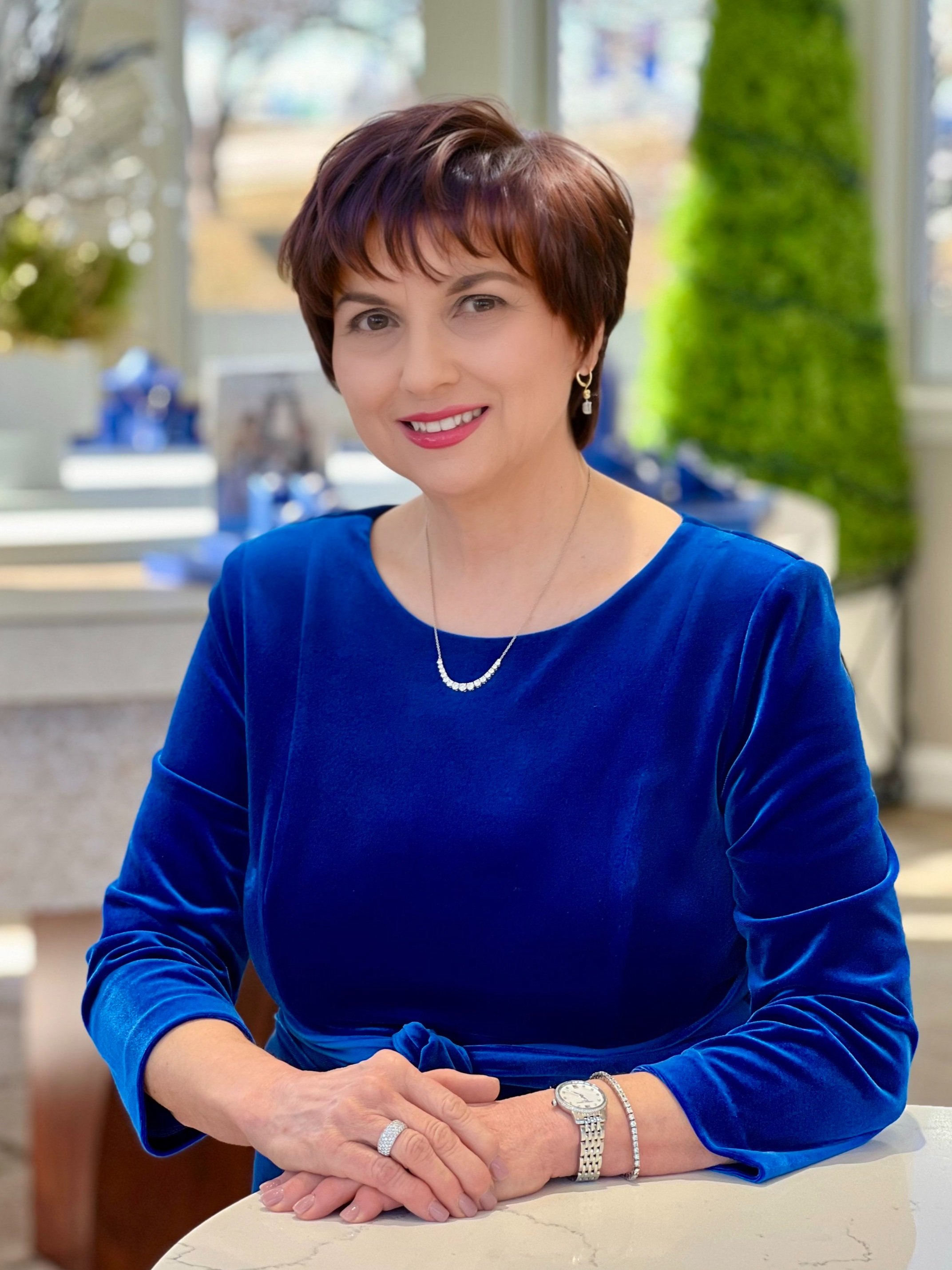Gemfields just unveiled the largest emerald ever discovered at its Kagem mine in Zambia. Named “Chipembele,” which means "rhino" in the local indigenous dialect of Bemba, the 7,525-carat hexagonal crystal displays a rich, golden green hue and "gemmy" nature suitable for cutting and polishing.
The crystal was unearthed in July by geologist Manas Banerjee and veteran miner Richard Kapeta, who were also responsible for finding the 5,655-carat "Inkalamu" (meaning “lion”) at the Kagem mine in 2018.
According to Gemfields, when Kapeta encountered the crystal, he shouted in joy, “Look at this rhino horn!” And hence, the gemstone got its name.
“Chipembele" unseated the 6,225-carat "Insofu" as the largest emerald ever found at the mine. Meaning “elephant,” "Insofu" had been discovered in 2010.
All three massive emerald crystals were within relatively close proximity at Kagem, the world’s largest and most productive emerald mine. Kagem is 75% owned by Gemfields and 25% owned by the Government of the Republic of Zambia.
“Chipembele" is due to be sold at the next Gemfields emerald auction, with 10% of the proceeds supporting the North Luangwa Conservation Program in Zambia to aid critical black rhinoceros conservation efforts.
“A key Gemfields tenet is that Africa’s gemstone wealth must contribute meaningfully not only to host-country economies, but also to conservation efforts, host communities and the next generation by way of education, healthcare and livelihoods projects,” noted Jackson Mtonga, Kagem Sort House Assistant Manager, in a press release.
The winning bidder for "Chipembele" will be given the option of a unique DNA nano-tag identity, developed by Gübelin, ensuring that the cut and polished gems that it yields can be identified and certified as having originated from this extraordinary gemstone.
Gübelin's "provenance proof" service embeds within the gemstone nanoparticles coded with information about the gemstone’s origin.
Credits: Images courtesy of Gemfields.


































